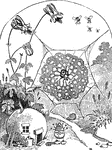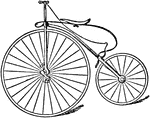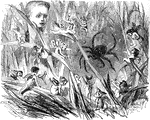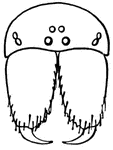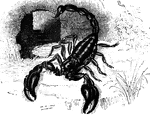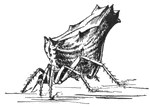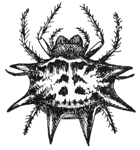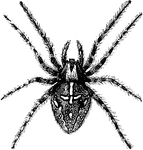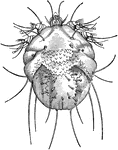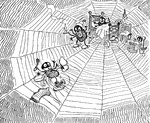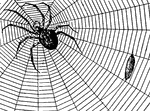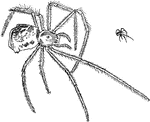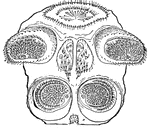Clipart tagged: ‘Spider’
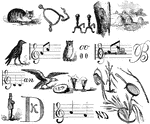
Animal Rebus
"Cats purr, dogs bark, cocks crow, a cow lows, a donkey brays, an eagle screams, parrots talk, spiders…
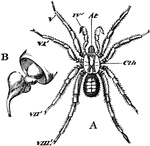
Araneida
"Mygale cæmentaria, typical of Araneida. A, female, natural size: At, cheliceræ; IV', pedipalpi;…

Scorpion Spider Crab
Inachus dorsettensis. "A spider-like crab, or sea-spider, with long slender legs and comparatively small…
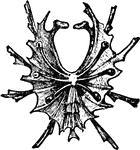
Entosternum
"Entosternum of one of the mygalomorphous spiders; ventral surface. Ph.N., pharyngeal notch. The posterior…
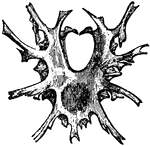
Entosternum
"Dorsal surface of an entosternum. Ph.N., pharyngeal notch." — The Encyclopedia Britannica, 1910
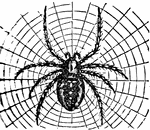
Epeira Diadema
"A genus of spiders, the type of a family called Epeirdae. They are of those spiders which have only…
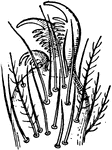
Foot of a garden spider
"Closeup of a garden spider's foot, showing the 'combs' for clinging to webs."—Finley, 1917
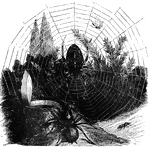
Garden-spider and trap-door spider
"Some spiders, like the Ctenizae, close the mouth of their subterranean resdence with a most…
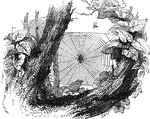
Garden-spiders
"Some, of which the Common Garden Spider, Epeira diadema is an excellent example, construct…
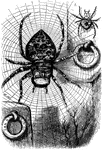
Kelly and Tammany in 1879 Election
During the New York Election of 1879, John Kelly as the spider of the Tammany web. "'Come into my parlor,'…
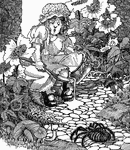
Miss Muffet
Little Miss Muffet, sat on a tuffet; Eating her curds and whey; Along came a spider, and sat down beside…

Mygale
"The spiders with which we in temperate climates are most acquainted are of small size, but in hot regions…
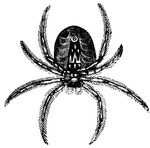
Spider
A Spider's spinning apparatus is peculiar. A reservoir inside contains gummy matter from which silk…

Spider
An extensive division of insects, which includes the scorpions and mites. The spiders differ from most…

Spider
"Bird-catching Spider, a name originally given to a large spider, Mygale avicularia, a native of Cayenne…

Spider
"Ventral view of a male mygalomorphous spider. I to VI, The six pairs of prosomatic appendages. a, Copulatory…
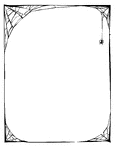
Spider Web Border
A full frame border of a spider and her web. Suitable for Halloween and other spooky occasions. Illustrated…
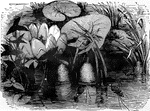
Spider, diving
"Another remarkable member of the Araneidae is the Diving Spider, Argyroneta aquatica, which…

Jumping Spider
The body of a spider consists of two parts, connected by a constricted waist, the unsegmented cephalpthorax…
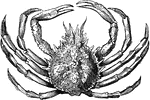
Spinous spider-crab
"In these the back is usually covered with spines and hairs. They generally live in deep water, and…
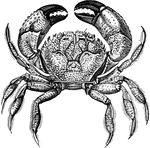
Eriphia spinifrons
"The Eriphea spinifrons, for instance, distributed in nearly all seas, has the front covered…
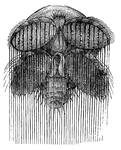
Spinnerets of a spider
"The most remarkable organs perceptable on the abdomen of the spiders are the spinnerets, by…
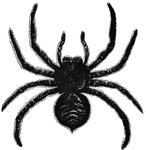
Tarantula
"The most celebrated of the Lycosidae is the Tarantula, Lycosa tarantula, of Southern Europe,…

